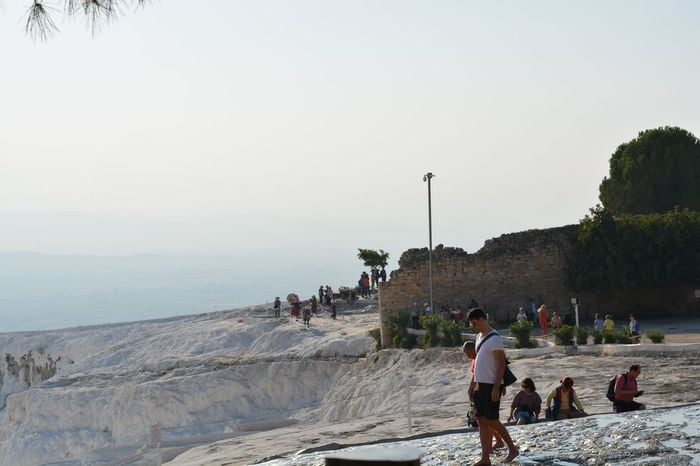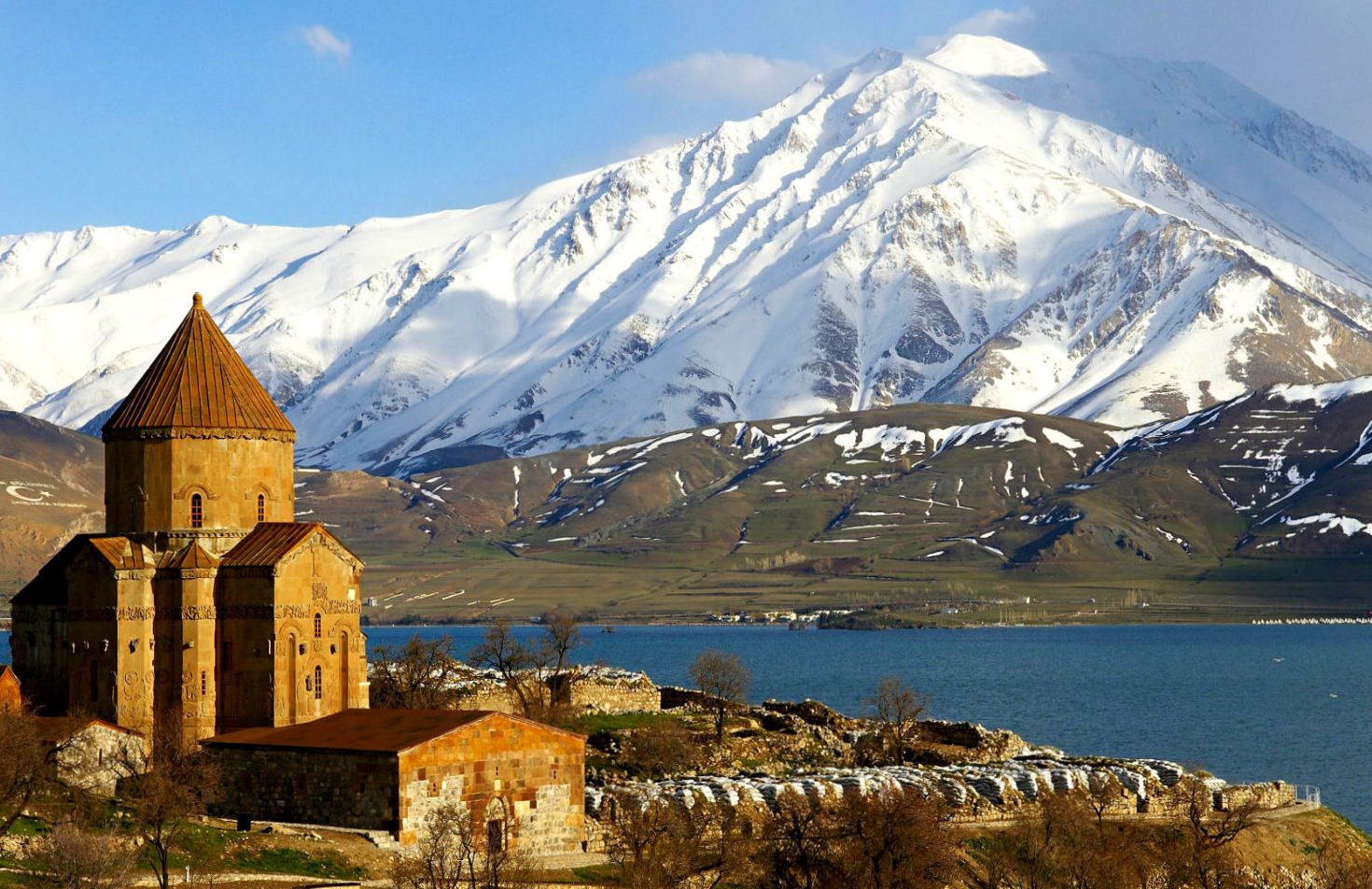In both East and West the reverence we pay to images has crystallized into formal ritual. In the Latin Rite the priest is commanded to bow to the cross in the sacristy before he leaves it to say Mass (“Ritus servandus” in the Missal, II, 1); he bows again profoundly “to the altar or the image of the crucifix placed upon it” when he begins Mass (ibid., II, 2); he begins incensing the altar by incensing the crucifix on it (IV, 4), and bows to it every time he passes it (ibid.); he also incenses any relics or images of saints that may be on the altar (ibid.). In the same way many such commands throughout our rubrics show that always a reverence is to be paid to the cross or images of saints whenever we approach them.
The Byzantine Rite shows if possible even more reverence for the holy icons. They must be arranged according to a systematic scheme across the screen between the choir and the altar that from this fact is called iconostasis eikonostasis, “picture-stand”); before these pictures, lamps are kept always burning. Among them on either side of the royal door, are those of our Lord and His Mother. As part of the ritual the celebrant and the deacon before they go in to vest bow profoundly before these and say certain fixed prayers: “We worship (proskynoumen) Thine immaculate image, O Christ” etc. (“Euchologion”, Venice, 1898, p. 35); and they too throughout their services are constantly told to pay reverence to the holy icons.
Christendom without question
Images then were in possession and received worship all over Christendom without question till the Protestant Reformers, true to their principle of falling back on the Bible only, and finding nothing about them in the New Testament, sought in the Old Law rules that were never meant for the New Church and discovered in the First Commandment (which they called the second) a command not even to make any graven image. Their successors have gradually tempered the severity of this, as of many other of the original principles of their founders. Calvinists keep the rule of admitting no statues, not even a cross, fairly exactly still. Lutherans have statues and crucifixes. In Anglican churches one may find any principle at work, from that of a bare cross to a perfect plethora of statues and pictures.
Read More about Sophistication part 7








